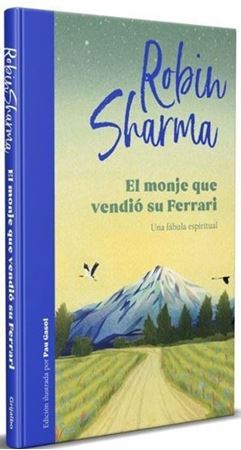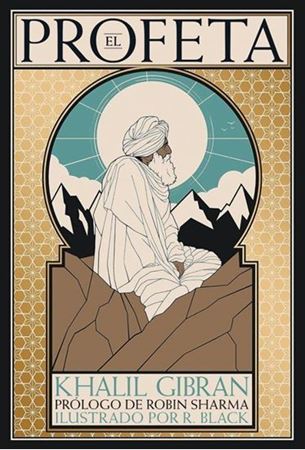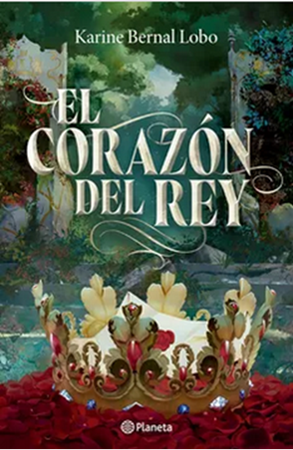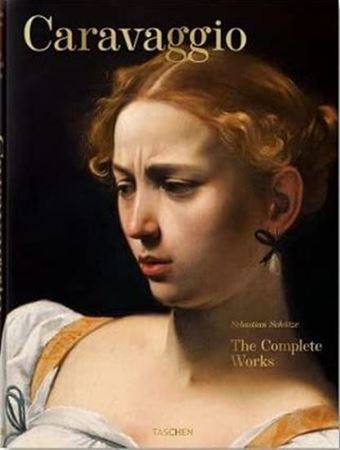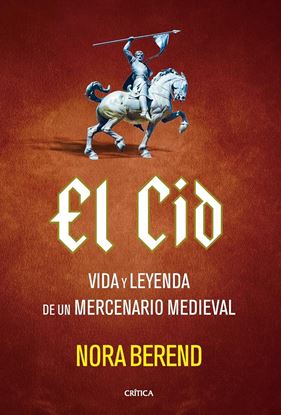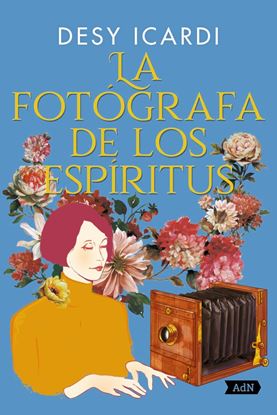

NOVEDADES
EL CALIBRADOR DE ESTRELLAS
Claves para conocer y comprender las estrategias del gigante asiático y adaptarlas a nuestro modelo para enriquecer nuestras sociedades.
1,850
1,480
EL CID. VIDA Y LEYENDA DE UN MERCENARIO
Esta biografía magistral desnuda las capas del mito para revelar la figura histórica real.
El Cid fue quizá el guerrero más famoso de las luchas que tuvieron lugar en la Península Ibérica durante el siglo XI. Rodrigo Díaz vivió una vida muy agitada: líder militar ambicioso, exiliado y mercenario brutal, sirvió a reyes cristianos, luchó contra príncipes cristianos al servicio de gobernantes musulmanes, asaltó y mató musulmanes y, finalmente, se independizó, forjando un principado independiente. Nora Berend explora en este libro la creación de la leyenda a lo largo de los siglos y desvela quiénes participaron activamente en su elaboración. Monjes medievales, las mujeres de la familia del Cid, un dramaturgo y un historiador son algunos de los creadores del mítico Cid. Esta fascinante narración trata de explicar sus motivos y, al hacerlo, desvela las capas de la leyenda para evocar la figura histórica real ¿Cómo un hombre que luchaba indiscriminadamente contra musulmanes y cristianos pudo ser descrito, aún en vida, como un salvador cristiano enviado por Dios?
1,850
1,480
LA REPUBLICA POR VENIR
La democracia se halla en apuros. Acosada desde fuera por poderes económicos y desarrollos tecnológicos con incidencia global, y afectada desde dentro por prácticas que erosionan sus instituciones, así como por corrientes políticas, especialmente una ultraderecha que gana adeptos, que propugnan una antipolítica que la contradice, urge revitalizar la democracia. Sobreponiéndose a la melancolía política, este libro retoma la tradición republicana para construir alternativas viables.
Una democracia republicana y un republicanismo en clave socialista se presentan como hilos para tejer un republicanismo cosmopolita mediante una interculturalidad crítica y un humanismo otro que aliente la cultura cívica imprescindible para sostener el compromiso con la república por venir. Esta tarea, en la realidad política de España, ha de tener un perfil propio, acorde con nuestra historia y atendiendo a las condiciones de un presente en el que el republicanismo reclama una modulación más clara e intensa.
1,850
1,480
LA FOTOGRAFA DE LOS ESPIRITUS
A principios del siglo XX, en Turín, el abogado Edmondo Ferro trabaja con desgana en el prestigioso bufete de su familia, aunque a lo que le gustaría dedicarse en realidad es a la lectura de novelas. Mientras tanto, en los salones de la alta burguesía de la ciudad, que se ve obligado a frecuentar, la nueva moda son unas médiums a las que se trata como a divas, y que a menudo van acompañadas de fotógrafos que afirman ser capaces de inmortalizar a los espíritus del más allá.
Al mismo tiempo, en los campos de los alrededores, muchas personas deciden emigrar; es el caso de Pia, una humilde chica a la que un fotógrafo convence, con la promesa de que así podrá ayudar a su familia, de que se embarque rumbo a Argentina, junto con otras jóvenes campesinas, con la ilusión de reunirse allí con un prometido al que nunca ha visto y al que nunca verá.
1,850
1,480
EL SENTIDO DEL CRISTIANISMO
«El cristianismo no se reduce a su legado histórico; constituye una fuente de valores que enriquece nuestra identidad, fortalece nuestra libertad e ilumina nuestro futuro».
En este ensayo, Rafael Domingo Oslé examina la relación entre el cristianismo y la cultura contemporánea desde una perspectiva crítica y reflexiva. En un contexto marcado por la secularización, la fragmentación social y la incertidumbre, plantea preguntas fundamentales sobre la relevancia de la fe. Sostiene que el cristianismo no solo proporciona respuestas a estas inquietudes, sino que también actúa como una luz orientadora que llena la vida de esperanza.
Apasionado defensor de la conciencia moral en la búsqueda de la verdad y la libertad, del poder transformador del perdón y de la fuerza unificadora de la belleza, Rafael Domingo argumenta que los valores cristianos tienen mucho que ofrecer a nuestra vida cotidiana y ejercen una influencia significativa en áreas como la política, el derecho, la economía, la filosofía y la ciencia.
El sentido del cristianismo se revela como una obra rigurosa y cautivadora que nos desafía e inspira. Nos recuerda que la fe, cuando se vive con sencillez y autenticidad, constituye un potente motor de transformación personal y colectiva.
1,850
1,480
ESTADO O REVOLUCION
Carl Schmitt se ha vuelto familiar en los medios de comunicación, que han convertido la ya famosa distinción "amigo/enemigo" en un lugar común de triviales análisis políticos. Así ensombrecida, su obra, sin embargo, no ha dejado de crecer en influencia, y es un instrumento cada vez más útil para comprender las variadas y contradictorias dimensiones de lo político. Contra esos lugares comunes que hacen de Schmitt o bien el ideólogo del nazismo, o bien la referencia intelectual de los abundantes populismos que, a izquierda y derecha, se refugian detrás de sus teorías o son condenados por supuestamente abrevar en ellas, Rosler construye una interpretación original de enorme consistencia. En forma de un comentario a "El concepto de lo político", obra cumbre de Schmitt, pero sin limitarse a ella, se muestra aquí de qué modo el autor alemán, como buen hobbesiano, reivindica la soberanía estatal frente a los intereses corporativos (comunistas, fascistas o capitalistas) sin dejar de expresar su admiración por "los grandes liberales clásicos".
1,850
1,480



